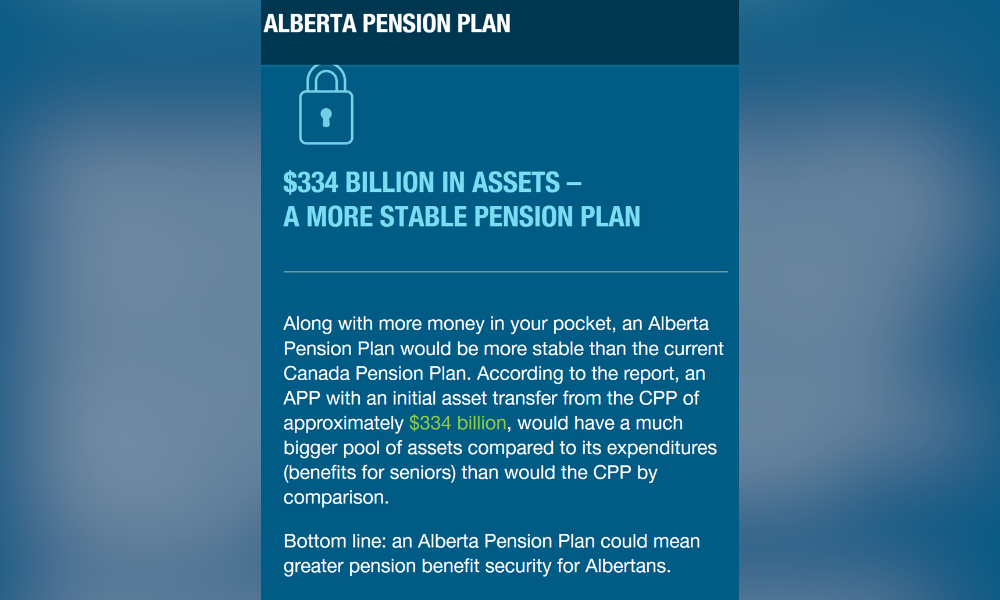Exploring potential flaws in the proposed APP plan

The legendary politeness of Canadians has eroded somewhat in recent years, but we still have enough politeness, it seems, to be reluctant in commenting on the emperor’s attire, or lack thereof. The Alberta Pension Plan, or APP, concept which is being heavily promoted (propagandized?) by the Alberta Government is a case in point, as it is founded on the idea that the APP will receive a $334 billion transfer of Canada Pension Plan assets, or about 53% of the “Base CPP assets.” Although there has been a fair amount of comment on the correctness of this assumed figure, I have yet to see its rationale stripped bare.
The Alberta Government website www.albertapensionplan.ca says,

The $334 billion figure was set out in the Alberta Pension Plan – Analysis of Costs, Benefits, Risks and Considerations Report from LifeWorks. It is based on section 113 of the Canada Pension Plan Act. However, LifeWorks rejected a higher amount ($637 billion, or 118% of Base CPP assets) based on “the literal reading of the CPP Act”, in favour of “an alternate and reasonable interpretation”. Thusly, LifeWorks acknowledges that section 113 can’t be right, and then proposes a “reasonable” tweak to fix it. The naked truth is the tweak proposed by LifeWorks will never happen. The tweak may be “reasonable”, by some measure, but it certainly is not equitable.
The CPP is funded, essentially, on a pay as you go basis. This funding basis relies on an intergenerational transfer, as workers pay for the benefits received by those who are retired. The CPP is emphatically not funded on the basis of interprovincial transfers – interprovincial inequity, as perceived by the current Alberta Government of the United Conservative Party, is a by-product of the fact that on average the Alberta populace is younger than most of the other provinces that participate in the CPP.
Having given a net intergenerational transfer into the CPP over the past 57 years, the Alberta Government hopes to now recoup that net transfer. This is akin to saying to other Canadians, “Having voluntarily shared the cake with you for decades, we now want everything we shared back, even the pieces that have already been eaten.”
Canadians can thank LifeWorks for exposing the flaw in section 113 of the CPP Act. In order to affect an asset transfer to a province, it will have to be amended by the Government of Canada, and it will be necessary for the amendment to be made on an equitable basis to survive a legal challenge to the Supreme Court of Canada, which may be inevitable if there is political will for a province to withdraw.
Methodologies for equitable transfers of pension assets and liabilities are very well established in Canada, and none of them require replacement of benefits already consumed. That is the naked truth for Albertans to face as they consider the possibility of creating the Alberta Pension Plan to replace the CPP for its residents.
Greg Hurst is leading Canadian pension innovator and entrepreneur. He has held administrative, actuarial, consulting and leadership roles within the pension industry since 1982. He has worked within both large international and small regional consulting firms and also a large Canadian insurer. Since 2010 Greg has been an independent practitioner providing niche services relating to GST/HST as it applies to pension and benefits programs, underwriting of employee benefits utilizing a captive insurance company and other innovative solutions for pension and benefits administration.



